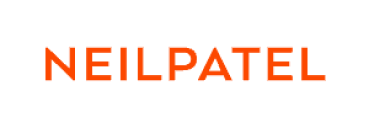I Build Online Businesses
I’m allergic to over-shared, generic best practices. In my newsletter, you’ll get hard-truths, stories of the brutal lessons I’ve lived through, and the occasional rant.
No AI or fake content. Ever.
I Build Online Businesses
I’m allergic to over-shared, generic best practices. In my newsletter, you’ll get hard-truths, stories of the brutal lessons I’ve lived through, and the occasional rant.
No AI or fake content. Ever.
Companies I’ve Worked With










Some of My Accomplishments
Started and grew a SEO media business to $7.2 million in annual revenue
Developed multiple infoproducts that have done six and seven figures in revenue
For an info product business, generated 484,000 leads in a single year
At a SaaS startup, built a lead-gen machine that drove over 8,000 MQLs per month
Recent Posts
-
CNN and USA Today Have Fake Websites, I Believe Forbes Marketplace Runs Them
What if I told you that Forbes Marketplace, the affiliate company operating on Forbes.com ALSO had agreements with CNN and USA Today? And that Forbes Marketplace was stuffing those sites full of affiliate content just like it is with Forbes?…
-
Forbes Marketplace: The Parasite SEO Company Trying to Devour Its Host
Are you sick of Forbes appearing in search results? For topics that Forbes doesn’t have any expertise in? Here’s the organic rankings for “best pet insurance”: Forbes ranks #2. Not sure a business website knows how pet insurance actually works.…
-
What Happened After I Outed a Reddit Mod for Affiliate Spam
I recently broke down how Reddit mods and users are abusing Google search rankings with affiliate spam. It’s reddit marketing gone awry. The post blew up and got a decent amount of attention. Then I got a front row seat…




